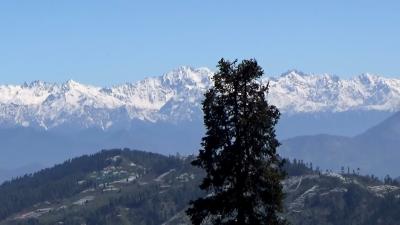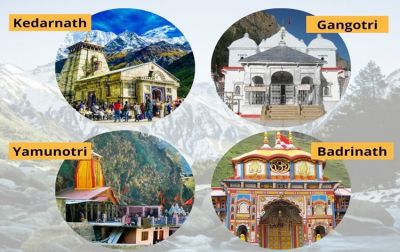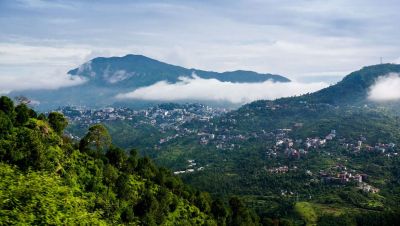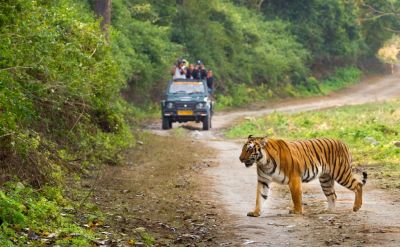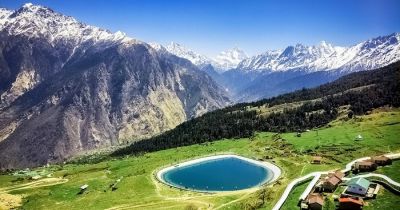Conservation Efforts in Uttarakhand: Wildlife and Nature
Conservation Efforts in Uttarakhand: Wildlife and Nature
Uttarakhand, nestled in the foothills of the mighty Himalayas, is not just a popular tourist destination but also a treasure trove of rich biodiversity. Home to several national parks and wildlife sanctuaries, this region is known for its stunning landscapes, diverse flora, and fauna. To protect and preserve this natural wealth, Uttarakhand has undertaken numerous conservation efforts over the years. In this blog post, we will explore the conservation initiatives taken in Uttarakhand to safeguard its wildlife and nature.
1. Corbett Tiger Reserve
Established in 1936, the Corbett Tiger Reserve is the oldest national park in India. Spanning over 520 square kilometers, it is home to the majestic Bengal tigers, elephants, leopards, and various species of deer. Over the years, the reserve has implemented a range of conservation measures to protect its wildlife. These include habitat restoration, anti-poaching patrols, and awareness programs for local communities.
The reserve has also successfully relocated villages from the core areas to minimize human-wildlife conflicts. This has not only provided a safe habitat for the animals but has also given indigenous communities the opportunity to engage in sustainable livelihood activities, such as ecotourism and organic farming.
2. Nanda Devi Biosphere Reserve
Designated as a UNESCO World Heritage Site, the Nanda Devi Biosphere Reserve is located in the higher altitudes of the Garhwal Himalayas. It is known for its unique biodiversity and is home to several endangered species, including the snow leopard and the Himalayan musk deer. To safeguard this fragile ecosystem, the reserve has implemented strict regulations, such as limitations on tourist activities and restrictions on the collection of medicinal plants.
The reserve also focuses on research and monitoring programs to better understand the changing climate patterns and its impact on the flora and fauna. These efforts have not only helped in preserving the rich biodiversity of the region but have also made Nanda Devi Biosphere Reserve a center for scientific studies in the Himalayas.
3. Valley of Flowers National Park
Tucked away in the higher reaches of Uttarakhand, the Valley of Flowers National Park is a mesmerizing UNESCO World Heritage Site. With its vibrant alpine meadows, glacial lakes, and rare Himalayan flowers, this park is a nature lover's paradise. To protect this fragile ecosystem, the park has implemented various conservation measures.
Entry to the park is regulated, and visitors are required to follow strict guidelines to ensure minimal disturbance to the flora and fauna. The park also promotes eco-friendly tourism practices and organizes awareness campaigns to highlight the importance of preserving this unique floral treasure.
4. Rajaji National Park
Rajaji National Park, named after the renowned freedom fighter Sri C. Rajagopalachari, is spread over three districts of Uttarakhand. It is famous for its vast stretches of dense forests, diverse wildlife, and the majestic Ganges river flowing through it. To safeguard the park's natural resources, the authorities have undertaken several initiatives.
Apart from anti-poaching measures and habitat restoration programs, the park also focuses on community-based conservation efforts. Local communities are actively involved in wildlife monitoring, ecotourism initiatives, and sustainable livelihood projects. By engaging local communities, Rajaji National Park is not only conserving its biodiversity but also empowering the people who live in close proximity to this natural treasure.
Conclusion
Uttarakhand's commitment to conserving its wildlife and nature is commendable. The various national parks and wildlife sanctuaries in the region serve as crucial habitats for endangered species and are a source of pride for the state. Through conservation efforts like habitat restoration, anti-poaching patrols, community engagement, and strict regulations, Uttarakhand is ensuring the long-term sustainability of its natural resources.
As travelers, it is our responsibility to support these conservation efforts by following guidelines, promoting ethical tourism practices, and spreading awareness about the importance of wildlife and nature preservation. Together, we can help preserve the rich biodiversity of Uttarakhand for generations to come.
Do share this blog post with your friends and family to spread the word about the incredible conservation efforts in Uttarakhand!
Disclaimer : The information provided in this blog is for general informational purposes only. While we strive to keep the content accurate and updated, TravelSetu assumes no liability for errors or omissions. If you believe any part of this blog infringes your rights or causes concern, please notify us immediately at info[at]travelsetu[dot]com so that appropriate action can be taken.





